SUNDAY JOINT, 9-8-2024: THE PERFORMERS – JERICHO POPPLER AND CORKY CARROLL

Hey All,
Surf media in the '60s and '70s was like a middle school dance, with boys on one side of the crepe-paper-bedazzled gym, girls on the other. Except the boys got 98% of the dance floor, and the yearbook photographers were all boys, along with the principal, the band, the yearbook staff—in fact, gals, would you mind running out to pick us up some more refreshments? I can't think of any other reason, apart from a near-complete separation of the sexes, that I only just this week realized that Jericho Poppler is Corky Carroll's doppelgänger, or the other way around. Brother from another mother, sister from another mister, Corky and Jericho are two surfy peas in a pod. She was born and raised in Long Beach, just north of Ray Bay. He was born and raised in Surfside, just south of Ray Bay. Carroll and Mark Martinson were best pals. Poppler and Martinson were cousins. From 1966 to 1972, Corky and Jericho all but rented space atop the United States Surfing Championships podium; Poppler made the finals five times, winning once; Carroll made the finals all seven years, winning three times. Both surfers got really, really screwed, at least once, by contest officials. Corky at the '71 US Championships when, at the end of a final that he was comfortably winning, the heat was suddenly and without explanation extended by 10 minutes. Corky wound up third. Jericho's deal was even worse. She chased every pro event in 1976, in what was supposed to be the women's debut world tour, finished the year with the most points—then right before the title was announced it was decided (Fred Hemmings' call, I'm 90% sure) that, because some of the contests did not meet the prize money minimum, the women would not get ratings points at all. No title awarded. The men's tour had the exact same issue, but never mind, Hemmings added up the points for all events, minimum prize-money or not, and Peter Townend became the first world tour champion.
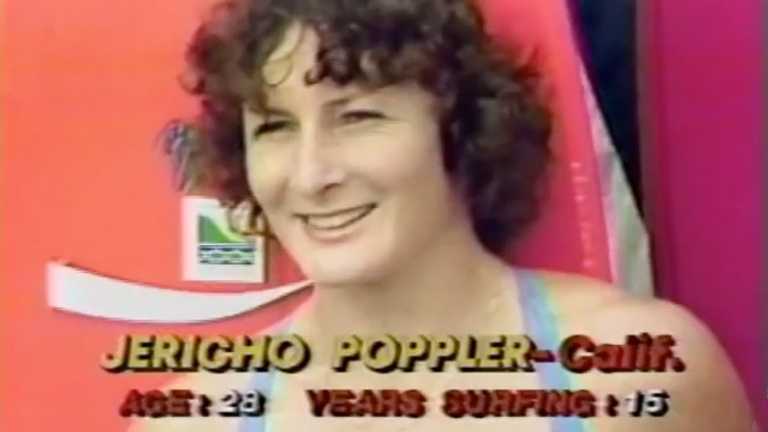

On the other hand, neither Carroll nor Poppler were defined by their contest record. They were bigger than that. They were our performers, the attention-grabbers, the happy play-to-the-rafters celebs of American surfing. Both loved to talk—in private, in public, on the record, at a banquet, a meeting, the after-party, in the car, on the beach, high-pitched, always putting it out there with conviction and enunciation and great rapidity, no stutter, no pause, and many exclamation points.
Corky, more than Jericho, leaned into the comedy. "Corky Carroll: the Clown," believe it or not, was the title of his first surf magazine interview, in 1964, when he was just 16. That was fine. Attention was being paid. "I was never afraid to embarrass myself," Corky said, years later, when asked about his surfing career and why he was so highly valued as a first-generation pro. "That's really important if you're going to be in the public eye. You can't be all freaked out, 'Oh, I gotta be cool, I can't blow it.' I just tried to have fun, and didn't much care if I looked cool or not." A minute into this video, you see Corky grinning like Eddie Munster as he rides double on a kiddie-carnival motorcycle with a blow-up sex doll. In 1966, he unveiled his incredible black-on-brat-green Batman board ("the coolest-looking board in the world; it just didn't ride for shit."). In 1976, he performed "I Wanna Be a Surf Freak, Daddy" on the nationally syndicated Gong Show—I can't find that particular episode online, but for those of you who don't remember, the Gong Show was a half-hour anything-goes talent contest that at times was so weird it seemed dipped in acid.
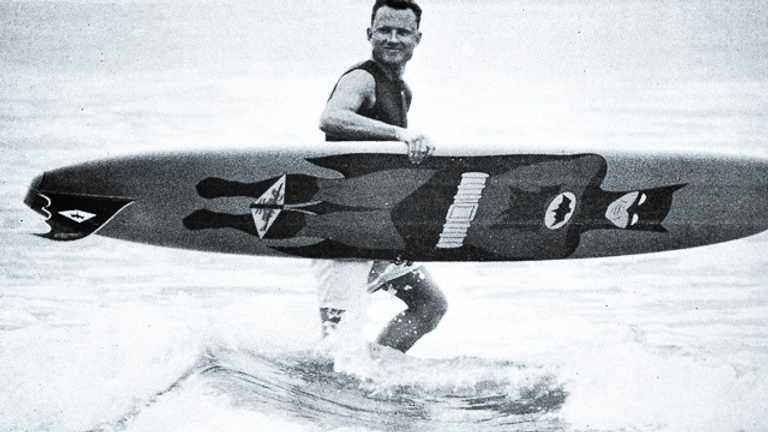
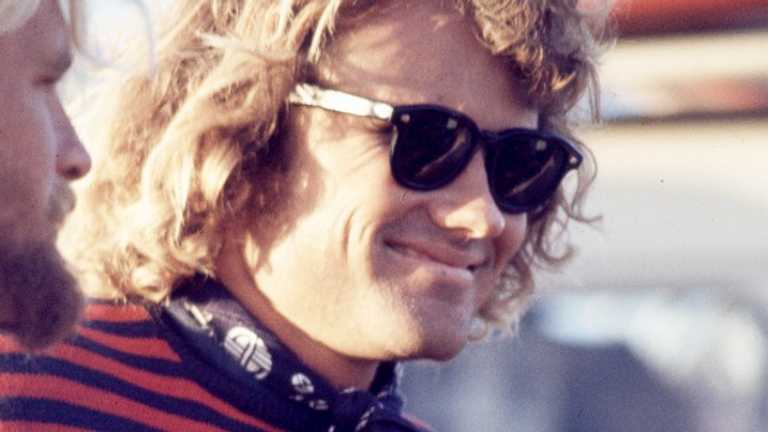
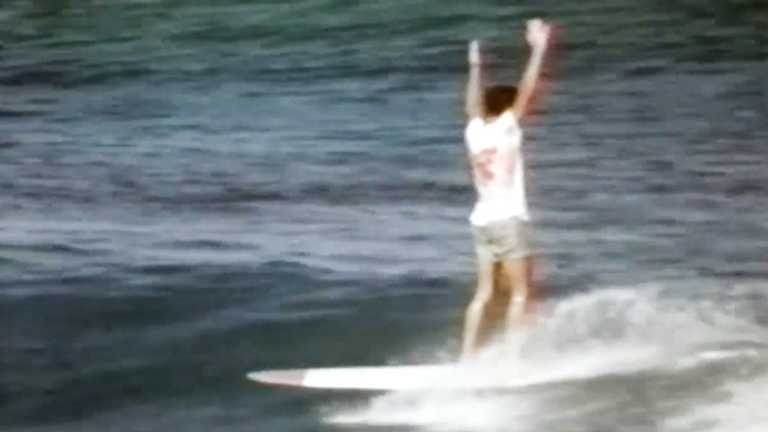

The comedy routine didn't always work. Corky's famous mic'd-up Pipeline session in Five Summer Stories is meant to be funny but is more memorable for revealing how volatile Carroll could be, as he shoots his board at a shoulder-hopper then yells at the kid afterward; it's an ugly moment.
Jericho was funny too—if anything, she mugged even harder than Corky when the camera swung her way.
She is also our first, and probably greatest, pro surfing sexpot. Maybe she felt compelled to play this role, or was somehow arm-twisted because the path to surfing fame was so much narrower for women than men. But I don't think so. Jericho was in charge all the way is my guess. She vamped because it pleased her, and because she was never limited to vamping. Her nickname was Betty Boop, except Jericho, unlike her cartoon namesake, could turn on a dime from eye-batting ingénue to muscle-ripped jock to sleeves-rolled-up no-shit-taken We Can Do It taskmaster and organizer—as was the case in 1975 when she co-founded WISA, the popular all-female surf competition group. (The Golden Girls, another Poppler project, was an interesting sexy-forward misfire.) Men, in any event, didn't quite know what to make of Jericho, and that included her surf-media admirers. SURFER said this about Poppler in the intro to her 1980 interview: "At 13 she seemed precociously 30, and at 28 she seems refreshingly 18"—which is messed-up coming and going, and all the worse for being offered as a compliment. My favorite part in the interview is when Jericho, fresh off a network-televised Offshore Masters win at Sunset Beach, goes after reigning world champ Lynne Boyer with zero (as far as we know) provocation:
Maybe this is really weird, but in competition it’s your whole performance, from the moment you arrive at the beach to when you paddle in and stick your board in the sand. The judges are watching and they want to give 1st to somebody who is entertaining them. The person who is putting out. And the problem with Lynne Boyer's surfing is that she goes out there and just surfs, she doesn't “geev 'um!" She doesn't go, "Hey, I’m giving you something here.” Barry Kanaiaupuni, he goes out at Sunset and he gives! Those are the kind of people I surf with in Hawaii. I surf with these, these performers!

Corky was a shape-shifter too, except he did so mostly, maybe exclusively, in the name of commerce. In the mid-'60s, he was the clean-cut surfer-model for national brands like Jantzen and Kawasaki. At the end of the decade, he made a brief and unconvincing (and non-profitable) foray into the groovy with his Corky Carroll Spacesticks label and a pair of round John Lennon mirrored shades. Then a quickie folk-rock detour (Corky is an excellent guitarist) which you want to eye-roll but is actually very nice, then a pivot to novelty songs (ugh) followed by nationwide fame as a happy surf-slacker pitchman for Miller Lite. The beer gig checks, I'm guessing, bankrolled his truly awful "Corky" surfwear-and-board line, whose full-page magazine ads feature the man himself as a skeevy linen-suit-wearing Lothario surrounded by big-haired topless models and garishly airbrushed old-guy surfboards. Maybe it looks funny and ironic here in 2024. At the time, it was neither. Corky also sold cars, sold magazine ads for SURFER, wrote books, opened a surf school. Maybe the lesson here is just how insanely difficult it was for first-gen pro surfers to earn a living after the age of 25.
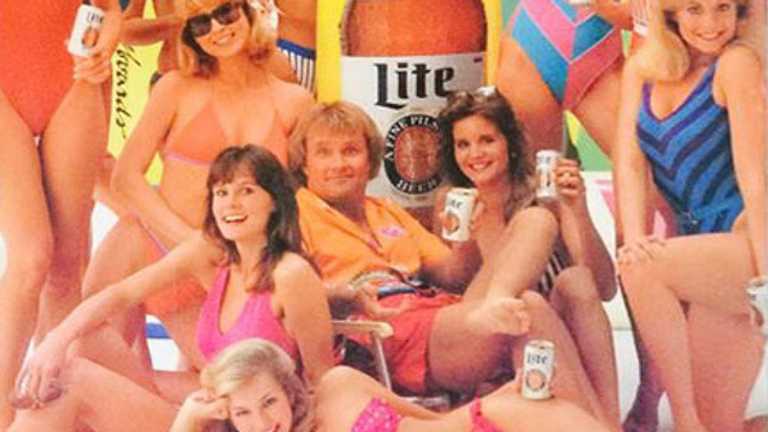
I have no idea what the relationship was between Jericho and Corky, if they were friends, or if they ever knew each other at all beyond a passing nod. But I want to believe there was more. I am 100% making this up, but hopefully at some point in their beautiful raging young adulthood—let's say a few hours after the '72 US Championships, when both placed a disappointing 3rd and were thus perhaps vulnerable and in need of consolation—they came together for a bout of prolonged incredibly vocal every-room-in-the-house laugh-filled no-hurt-feelings-afterward lovemaking. Jericho calling the shots, of course.
I also like that idea that today, leathery and gray but still twinkling, the two could sit together in a room with a glass of wine, fully content, and not say a thing.
Thanks for reading, and see you next week!
Matt
PS: My conversations with Corky over the years have been uniformly great, in part because, as he got older, he would often drop the performance and just give it to you straight. This interview we did in 1996 is funny and honest and heartbreaking.
PPS: Watch this 1979 ABC Sports three-part series on the Golden Girls and tell me it wasn't top-line source material for Anchorman. Some screen grabs:
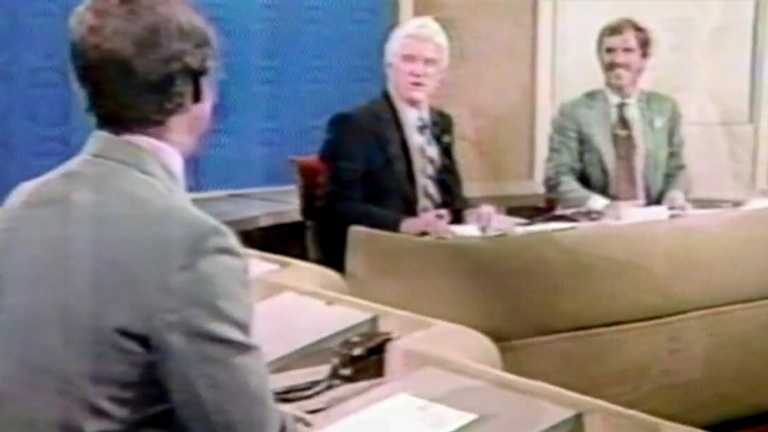
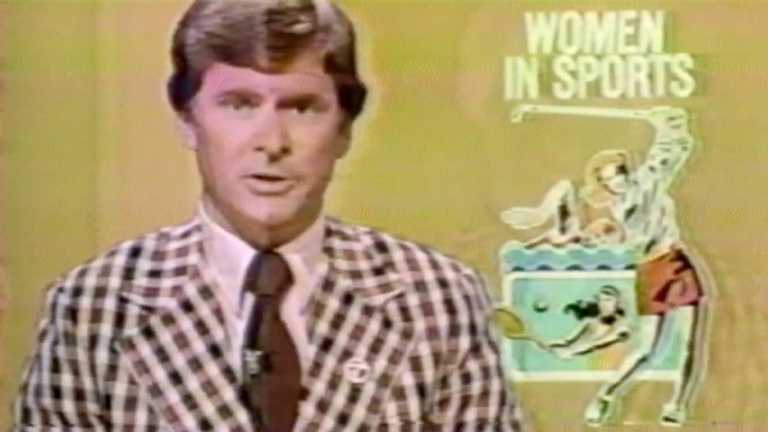
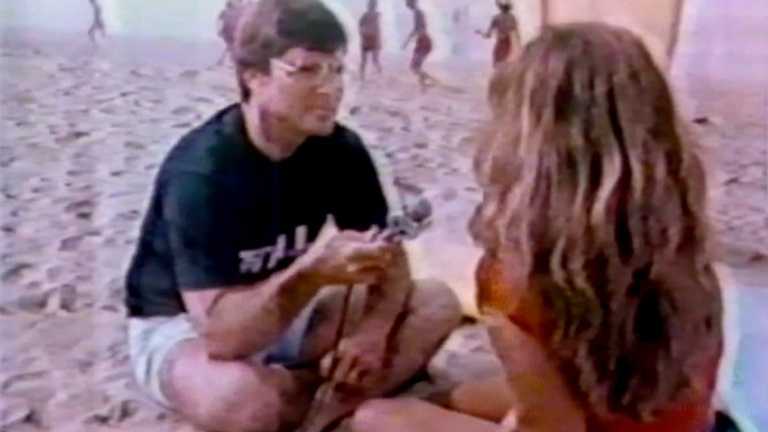

[Photo grid, clockwise from top left: cold sixer of vintage 1980s Miller Lite; Jericho Poppler at Sunset, 1979, photo by Bernie Baker; Corky Carroll winning the 1966 US Championships; Carroll at Steamer Lane, 1968, photo by Ron Stoner; Betty Boop; the Golden Girls. Poppler screen-grab from her televised win at the 1979 Offshore Masters. Poppler at Sunset, photo by Bruce Jones. Corky and Batman board, 1966. Corky claiming the spinner. Corky at Bells Beach, 1970, photo by Rennie Ellis. Corky bottom-turning at Cottons, 1967, photo Stoner. 1980 SURFER spread of Jericho Poppler. Corky in 1985 Miller Lite magazine ad. Screen grabs from ABC Sports' 1979 special on the Golden Girls.]